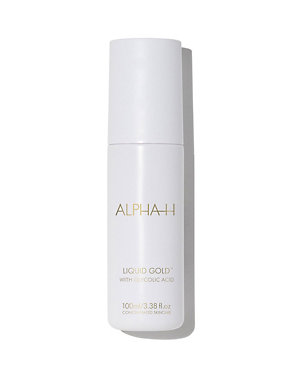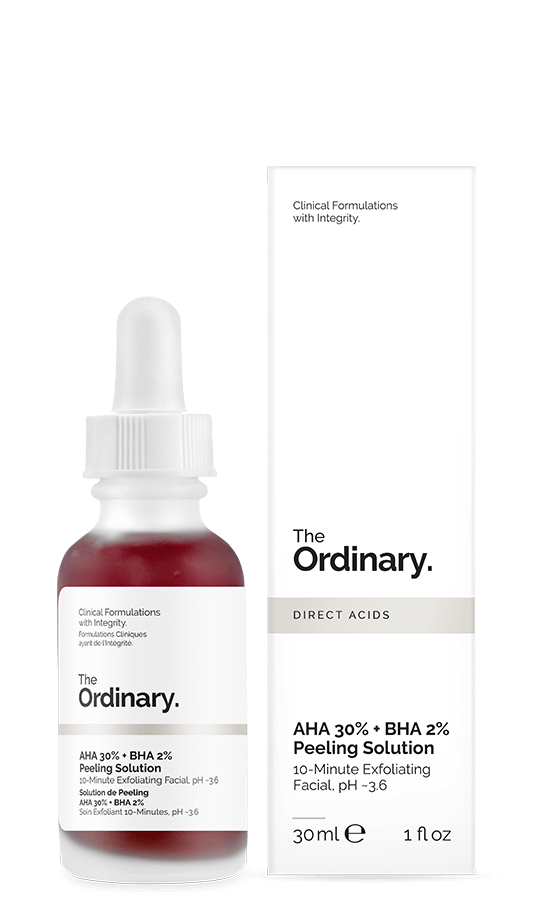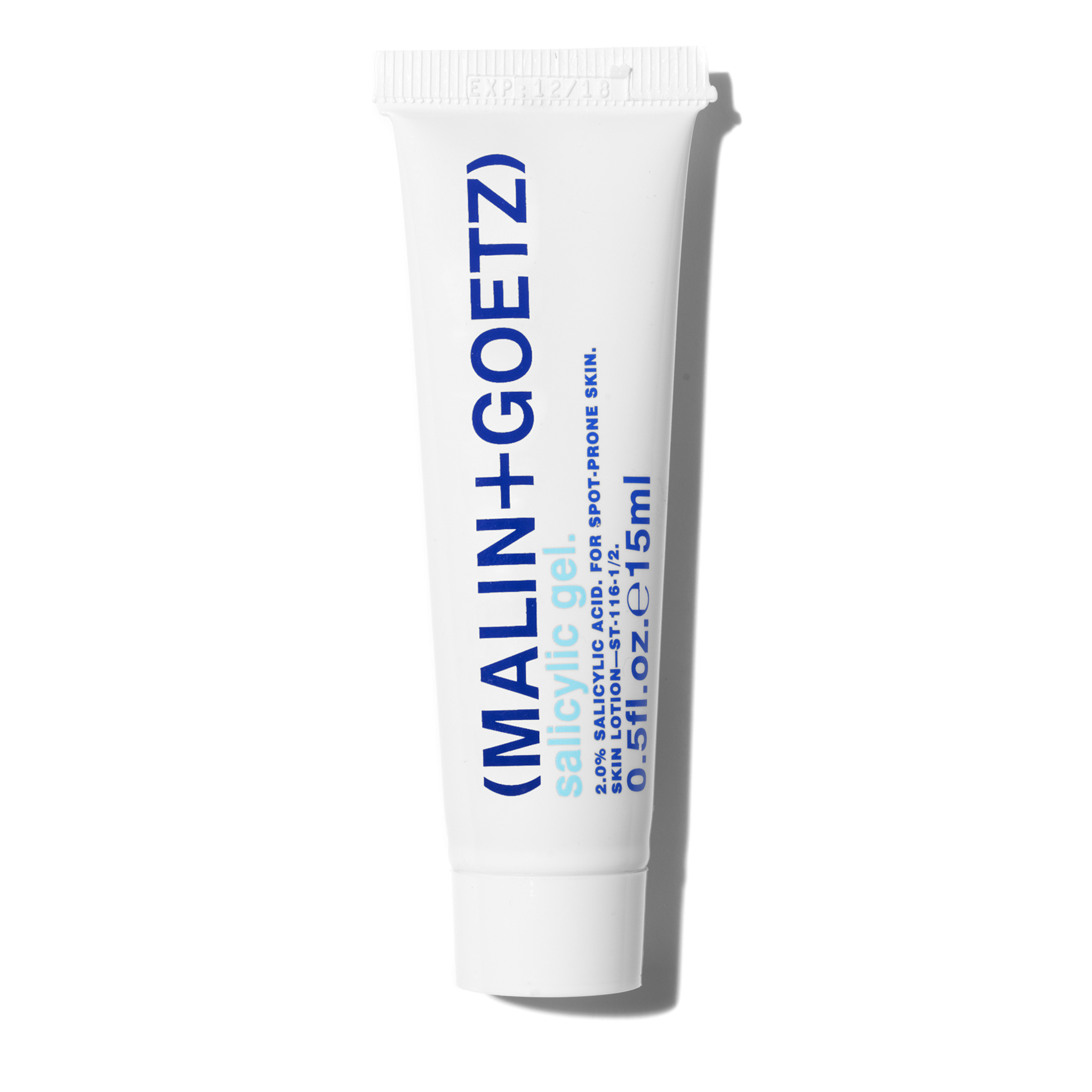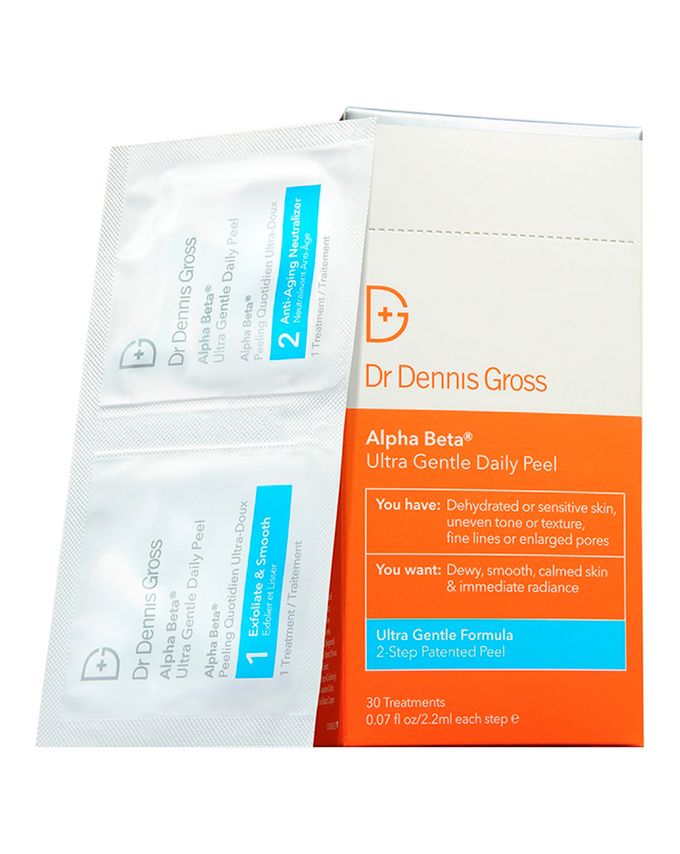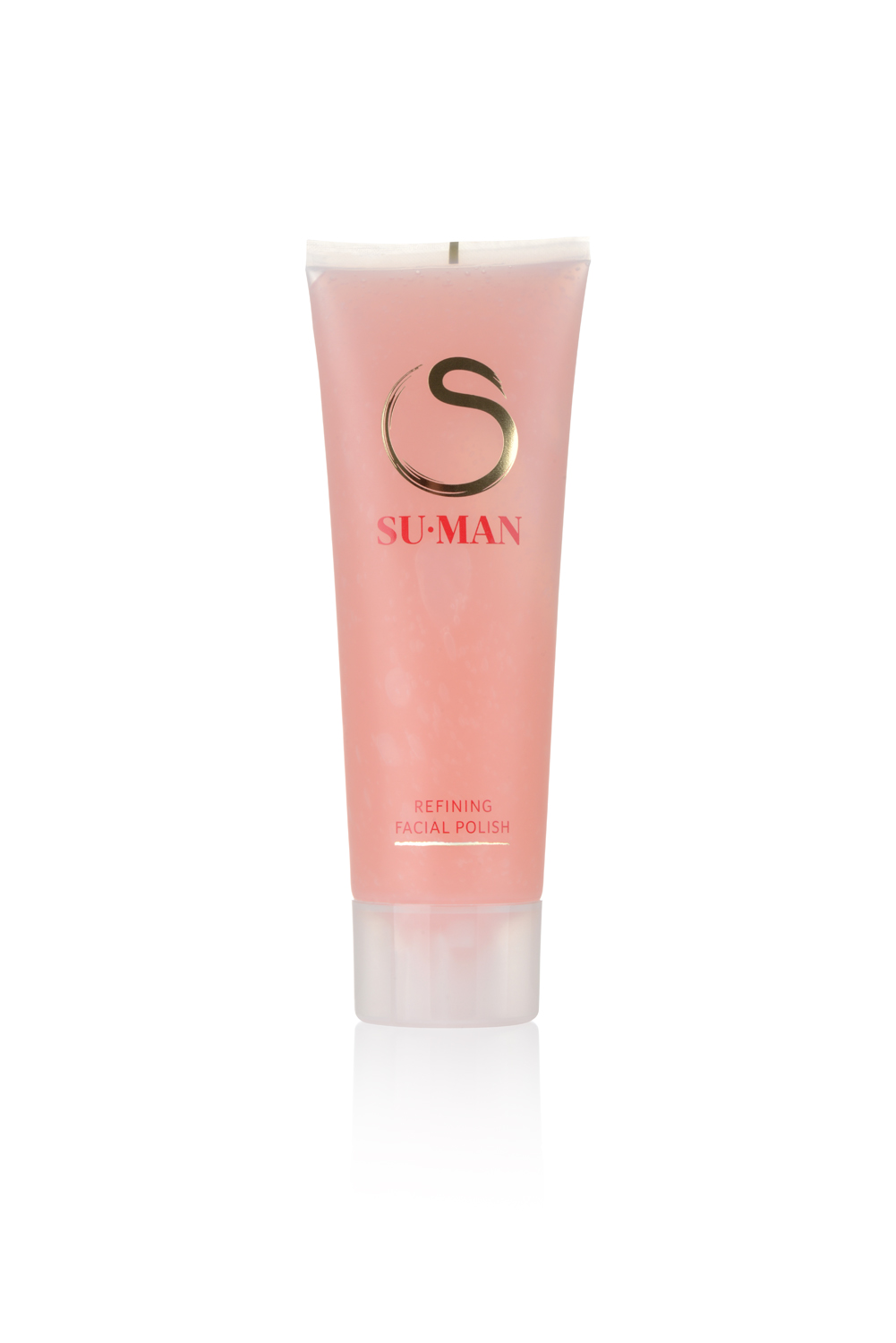This is the ingredient you need to add to your skincare routine
With fears surrounding chemical exfoliation fading quicker than our pigmentation, today’s beauty shelves are stacked high with increasingly potent acid treatments. But, in unqualified hands, can these salon-strength products do more harm than good?
A friend recently revealed she had purchased an unbranded, ‘super-strength’ glycolic acid peel from a non-authorised online retailer. “To erase my acne scars,” she explained. After confiscating the offending acid and replacing it with a bottle of Alpha-H Liquid Gold (the gold standard in acid exfoliation, pardon the pun) it got me thinking, when did ‘the stronger, the better’ become the way we define our skincare regimes?
At the moment, we’re all taking on the role of at-home DIY facialist. As we become armed with more knowledge than ever when it comes to effective skincare ingredients, brands are reacting with a slew of increasingly potent at-home acid treatments designed to satisfy our need for instant skin renewal. It seems we are no longer afraid of glycolic acid and laugh in the face of lactic acid. But which of these skin exfoliators should have a place in our at-home arsenal, and which should be left firmly in the hands of the professionals?
Alpha Hydroxy Acids, or AHAs, have long been hailed as a less abrasive, more effective alternative to traditional, physical exfoliators like face scrubs. Working to ‘dissolve’ dead skin cells, rather than slough them away, these acid-based treatments can renew, brighten, and reduce pigmentation with remarkable results. However, as with all skin treatments, it pays to proceed with caution.
“I often see clients with irritation or sensitivity complaints as a result of misusing acid treatments – particularly since the rise of ‘acid’ toners,” says Alicia Falero, head of education at Gazelli House. “In principle, these treatments are great at removing the surface layer of ‘debris’, whether it’s grime from the day or the top layers of the skin, and allowing for effective product absorption. However, for those with reactive, sensitive skin types, daily use of even these so-called gentle acids can be excessive and irritating.”
Dr Justine Hextall, consultant dermatologist, agrees. “One of the most common issues I see is skin sensitisation and irritation from harsh topical products including AHAs and retinoids,” she says.
“I always advise that although these active treatments can help, it is vital to balance them with soothing, hydrating, repairing treatments. If the skin barrier is constantly disrupted it can be left vulnerable to penetration of irritants and increased trans-epidermal water loss. I know studies have shown that AHAs are safe, but the frequency of application and strength of the product must be considered.”
Worryingly, misusing an AHA product can leave you with more than a red face. “AHAs can damage the epidermis by stripping the protective barrier, causing imbalances to the hydrolipidic film (the protective film that covers the entire surface of the skin).
This can lead to dehydration, leaving the skin vulnerable to bacteria and increasing sensitivity, redness and dryness,” warns Falero. “Excessive use can lead to accelerated cell renewal, which over time can thin the skin, leaving it vulnerable to the environment – particularly to sun damage.”
With an increasing number of ‘extreme’ acid products launching each week, it can be hard to know where to start. Hextall recommends easing in with a wash-off product, as anything that is left on the skin will continue to work for longer.
“When it comes to leave-on products, always start at a low percentage and choose a reputable brand. Make sure your skin is gently cleansed and properly hydrated to protect the skin barrier.” And the golden rule? Always wear broad-spectrum sun protection, even if you’re staying indoors. “Sun cream is vital as there is some suggestion that AHAs can leave the skin more vulnerable to sun sensitivity. And anyway, a high-factor sun cream is the most important product for anybody trying to keep their skin healthy and protected from photo-ageing.”
Here, Stylist breaks down the acids to know now, and how best to use them for visible results with none of the scary side effects.
Glycolic Acid
The king of the AHAs. As glycolic acid is the smallest AHA molecule, it penetrates best into the skin and yields the most impressive results. However, while an in-clinic chemical peel may use up to 70% glycolic acid, at-home products should be much less potent. If you’re new to the glycolic game, ease yourself in with a gentle product and slowly build up tolerance – never dive straight in with a high percentage.
Where to find it: Alpha-H Liquid Gold, £30.25
As one of the very first brands to bring glycolic acid out of the salon and into our homes, Alpha-H is a true authority on the subject. Its original Liquid Gold treatment is a staple in many a beauty routine, but it’s the new Liquid Gold Rose – a milder, more fragrant edition – that has us enamoured.
Lactic Acid
Lactic acid is another popular choice. It’s milder than glycolic, making it a great introduction to chemical exfoliation. High moisturising properties mean it’s ideal for resurfacing dry and dehydrated skin.
Where to find it: The Ordinary AHA 30% + BHA 2% Peeling Solution, £6.30
Lactic acid is blended with a concentrated pineapple enzyme in these clever single-use pads, resulting in brighter, hydrated skin. Excellent for sun damage and hyperpigmentation.
Salicylic Acid
Salicylic acid is the odd one out – it’s actually a Beta Hydroxy Acid. It’s oil-soluble, so works both on the skin surface and inside the pores, and is especially suited to oily, acne prone skin. Look for it in spot treatments, in a concentration of 1-2%, but steer clear if you have an aspirin allergy.
Where to find it: Malin + Goetz Salicylic Gel, £19
Matthew Malin, one half of Malin + Goetz, doesn’t formulate anything for his line that his own hyper-sensitive complexion can’t tolerate. This 2% salicylic gel will minimise breakouts and aid skin healing without that dry, flaking feeling.
Mandelic Acid
Derived from bitter almonds, mandelic acid is a lipophilic type of AHA, meaning it will absorb well in oily skin. It has high natural antibacterial properties, and has been shown to control excess oil production over time – a great option for blemish-prone skin. As mandelic acid is milder than glycolic and lactic, you’ll often find it in higher concentrations.
Where to find it: Dr. Dennis Gross Alpha Beta Ultra Gentle Peel Pads, £89
Formulated specifically for sensitive skin, these pre-soaked pads combine willow bark extract, lactic and mandelic acids to gently remove dead skin cells without upsetting the skin barrier. Plus, the individual packaging makes them ideal for travelling.
Malic Acid
Malic acid is another mild AHA, usually used alongside glycolic or lactic in a product. Its brightening properties make it ideal for tackling dark spots and hyperpigmentation.
Where to find it: Su-Man Refining Facial Polish, £38
This one is perfect for those who miss the satisfaction of a good physical scrub. It’s packed with watermelon extract, which is one of the highest known sources of malic acid, to gently brighten the complexion.
Main image: Getty
Source: Read Full Article
